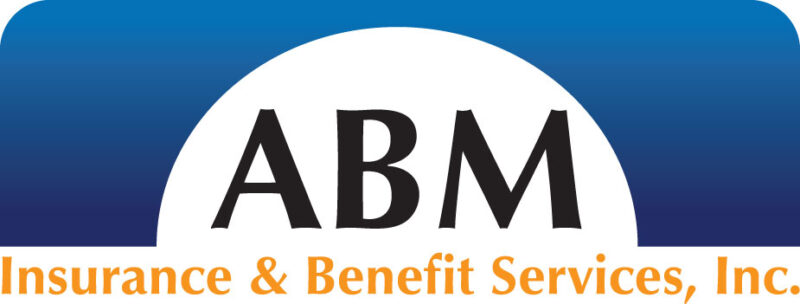Thanks to new cost-of-living adjustments, the Internal Revenue Service is allowing the American workforce to save a bit more in their retirement plans next year.
Starting in 2015, employees will be able contribute up to $18,000 to their 401(k)s, an increase of $500. This also applies to participants of 403(b), most 457 plans and the federal government’s Thrift Savings Plan. The agency noted that increases in the cost-of-living index triggered changes for dollar and contribution limitations.
According to Kevin Crain, senior relationship executive for Bank of America Merrill Lynch, the IRS increases offer some relief to employees in workplace retirement plans by allowing additional wiggle room for savings. “Positive messaging these days with the retirement systems is a good thing, particularly where you can say you can save more money than you could before,” he says.
There were a litany of contributions and compensation limit adjustments in the IRS announcement, including:
-
For employees aged 50 and over, a modification to the catch-up contribution increases from $5,500 to $6,000 for those participating in 401(k), 403(b), and most 457 plans. Meanwhile, the same age group handling individual retirement accounts will continue to maintain a catch-up contribution of $1,000.
-
For defined contributions plans on the whole, limits will increase from $52,000 to $53,000. The annual benefit limits for a defined benefit plan is stable at $210,000 in 2015, however.
-
Annual compensation limits saw a $5,000 increase to $265,000, but limits for key employees in “top-heavy” plans remain unchanged at $170,000.
-
The maximum account balance in an employee stock ownership plan, subject to five-year distribution period, jumps from $1,050,000 to $1,070,000. Meanwhile, ESOPs utilizing the five-year distribution rule remain unchanged at $210,000.
-
Highly compensated employee limitations shot up by $5,000 to $120,000.
-
For SIMPLE retirement accounts, those plans that are geared more towards small employers, limits will rise from $12,000 to $12,500 and catch-up limit increases to $3,000, a $500 increase from 2014.
-
For IRAs, annual contribution limits remain at $5,500. But the deductions for taxpayers making contributions to a traditional IRA is phased out for singles and household heads that are covered by a workplace retirement plan and have a modified gross incomes between $61,000 and $71,000, up from 2014’s $60,000 to $70,000 range. The phased-out range for married couples increased by $2,000 to a range of $98,000 to $118,000. And for someone that is an IRA contributor who is not covered by a workplace retirement plan, but is married to someone who is covered, the deduction gets phased out if the couple’s combined salary is between $183,000 and $193,000, up from $181,000 and $191,000.
-
Similarly, like the traditional IRA phase-outs, increments were added to adjusted growth income limits for Roth IRAs. In cases where a taxpayer is making contributions to the Roth IRA, the AGI phase-out is around $183,000 to $193,000. For single and household heads, the phase-out range is $116,000 to $131,000. However, if you’re married and file a separate return, the phase-out range remains $0 to $10,000 for both traditional IRAs and Roth IRAs.
